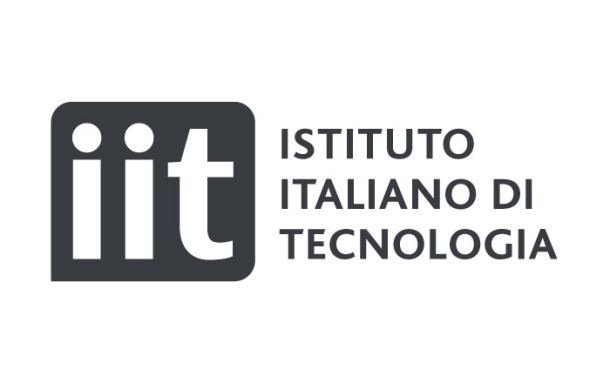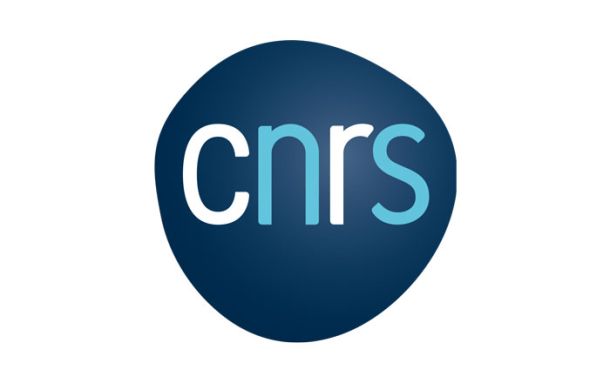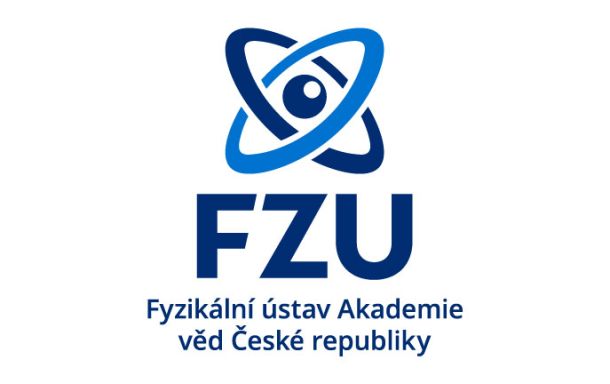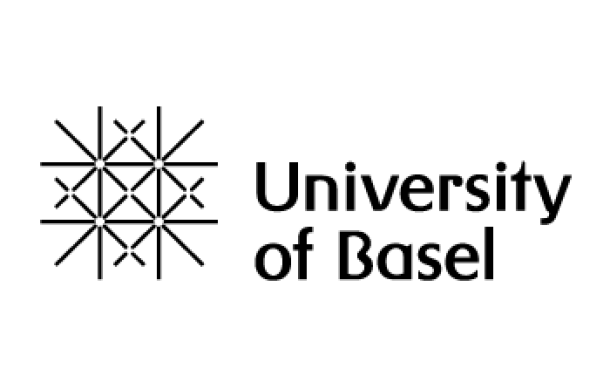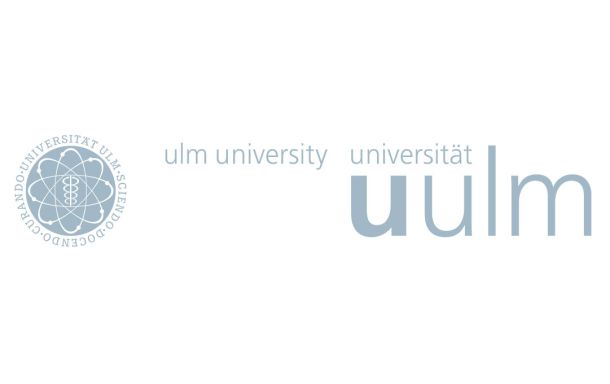Universiteit Antwerpen
The University of Antwerp is a young university. It is a merger (2003) of the former three university institutions in Antwerp (RUCA, UFSIA and UIA). In the 2020 editions of the “Top 50 Universities Under 50 years” it ranks 18th. The University has over 1850 PhD students and around 680 tenured professors. It produces over 3600 peer‐reviewed scientific publications per year. The European Commission has awarded the University the “HR Excellence in Research” quality label. In 2010, the University of Antwerp (UA) defined nine frontline research domains in which it is recognized as a world leader and on which it will also focus its resources in the future. One of these domains is “Materials Characterization”, in which also the NanED is be situated. The participating research group in NanED is EMAT (Electron Microscopy for Materials Science), the members of which acquired several ERC (3 starting, 2 consolidator, 1 advanced, 1POC) for electron microscopy related research. The EMAT team consists of 9 academic staff members, more than 20 postdocs and 30 PhD students and 10 administrative and technical members. Being one of the most dynamically growing electron microscopy centres in the world, EMAT participates in many large collaborative projects on both national and European levels. EMAT publishes annually more than 100 articles in peer‐reviewed journals, with a significant fraction appearing in top‐ranked journals such as Nature group journals, Angewandte Chemie, Advanced Materials and many others.
Key Research Facilities
EMAT possesses three ThermoFisher Titan aberration‐corrected TEMs delivering 0.05 nm resolution in TEM mode, 0.08 nm in STEM mode, energy resolution in EELS better than 150 meV and expanded EDX analytical capabilities. The research infrastructure at EMAT also includes several direct electron detectors, such as a Merlin Medipix detector, and dedicated holders for in situ experiments in gas and liquid environments, as well as for heating, cooling, and working with strain and in an applied electric field. EMAT also has a Nanomegas Spinning Star precession instrument. We have dedicated facilities for sample preparation including a FIB.
Contact
- Prof. Dr. Joke Hadermann
- Middelheimcampus, G.X.012
-
Groenenborgerlaan 171
2020 Antwerpen, België -
Email
